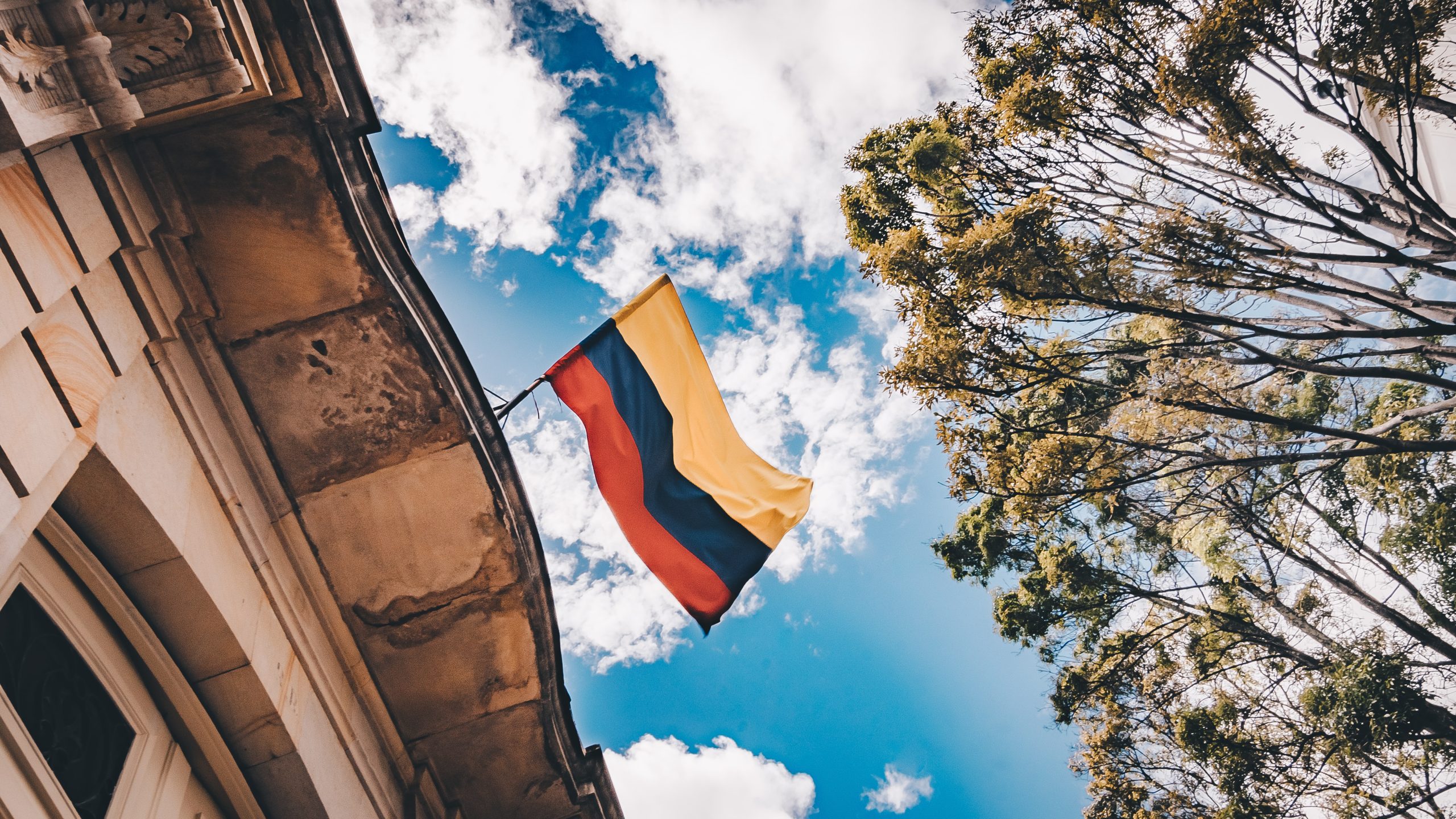Since the war between the Revolutionary Armed Forces of Colombia (FARC) and the Colombian government began, the South American country has suffered great consequences. It is estimated that more than 260,000 people have died, tens of thousands have disappeared and seven million have been displaced; without counting the innumerable cases of rapes, kidnappings, and generalized violence.
The FARC began as a group of liberal farmers who were displaced to the Colombian mountains and jungles. That group was nurtured and consolidated from the Cold War tensions between the United States and the Soviet Union. As a result, the FARC became a Marxist-Leninist-inspired communist guerrilla group whose objective, beginning in the 1980s, was to seize power in Colombia.
The tension and violence in the country increased due to the emergence of right-wing paramilitary groups, encouraged by sectors of the Colombian army, landowners, businessmen, and politicians. Drug trafficking (Narcos) also played a fundamental role, since drug money financed both paramilitary groups and guerrillas.
After decades of clashes, bloodshed, and violence, both the FARC and the government were tired. At the time of the signing of the agreement, it is estimated that the FARC had some 7,000 members, according to the experts this has placed them in a position to negotiate. For the government, it was still reasonable to negotiate considering that they could not defeat the guerrillas.
The process for the peace agreements began on September 4, 2012, and was officially signed on September 26, 2016. However, nothing was officially enforced until citizens voted in a plebiscite on October 2 of that same year. It should be noted that Colombians did not vote whether they were for or against peace, but rather on the content of the agreement.
The agreement had a series of critics. One of them was the legal protection that guerrillas would have after ending the conflict (a fact that was also denounced by Human Right Watch). Part of the document established the creation of a Transitional Court of Justice that would judge the guerrillas, although most of them would receive a pardon if they confessed and repented of their actions.
Another criticism focused on the political transition of the FARC, which would become a party receiving money from the state to promote its proposals. Former guerrillas could run for office. In addition, they were guaranteed five seats in the House of Representatives and another five in the Senate during two election periods.
Finally, the guerrillas were guaranteed that the treaty would be fulfilled by inserting it into the Constitution so that no future government could break the agreements.
As a result, on October 2, 2016, 50.21% of Colombians rejected the document. In addition, the plebiscite had one of the highest electoral abstention rates in decades: less than 38% of eligible citizens voted.
From then on, a stage of renegotiation began in which the government and the FARC brought the Colombian opposition to the table.
In 40 days, they added more pages to the agreement and changed some of the parts that generated criticism. For example, the agreement would no longer be included in the Constitution, although there would be other ways to guarantee compliance. The guerrillas were also forced to hand over all the information related to drug trafficking.
After the Senate and the House of Representatives approved the document (for the Colombian opposition the agreement should have been put to a vote in a new plebiscite), the peace process would begin to be executed on December 1, 2016.
Since then, there have been many ups and downs in Colombia. For example, some of the prominent leaders of the FARC such as Iván Márquez or Jesús Santrich returned to the mountains to regroup the guerrillas. The Colombian government states that these events do not represent a blow to the agreement because more than 90% of the ex-combatants are committed to the process. However, according to UN data, just over half have been able to take advantage of collective and individual production plans.
Another problem is the fact that violence continues to lurk mainly in indigenous and Afro-descendant territories. The International Committee of the Red Cross cautioned that Colombia faced a worrying situation in 2021 due to the number of displaced, murdered, and kidnapped people. For some experts, this is due to the lack of commitment and compliance with the agreement by the current government, headed by Iván Duque. It must be added that although coca plantations (the primary element for the production of cocaine) decreased, the production of drug trafficking increased.
Beyond the problems that may exist after the peace process, there is an improvement. For the Secretary-General of the United Nations, Antonio Guterres, Colombia can be proud of the undeniable achievements they have achieved and stressed that the agreement has a 15-year focus, so there is still time to solve current problems.

Guery Marañón
Guery Marañón is a political communications student and the current Head of PR at Utrikespolitiska Föreningen Göteborg.


